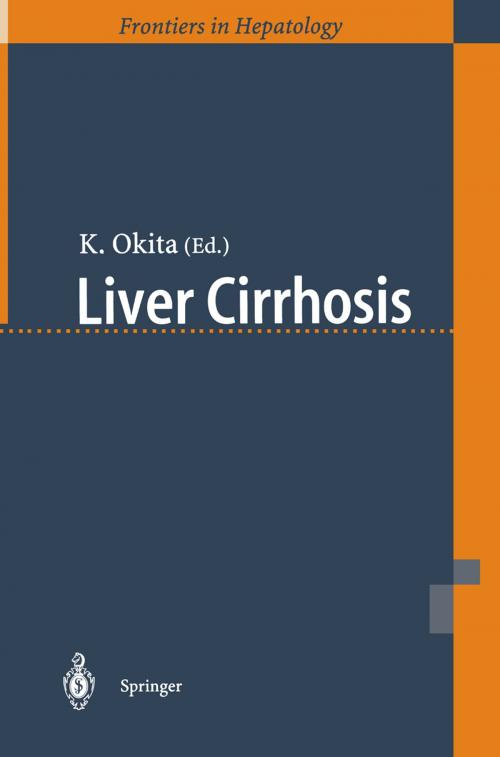Liver Cirrhosis
Nonfiction, Health & Well Being, Medical, Specialties, Internal Medicine, Gastroenterology| Author: | ISBN: | 9784431683438 | |
| Publisher: | Springer Japan | Publication: | March 14, 2013 |
| Imprint: | Springer | Language: | English |
| Author: | |
| ISBN: | 9784431683438 |
| Publisher: | Springer Japan |
| Publication: | March 14, 2013 |
| Imprint: | Springer |
| Language: | English |
Since 1998, the Japanese Society of Hepatology has campaigned to fight hepatocellu lar carcinoma (HCC). Because the mortality rate for this disease has reached more than 30 per 100,000 population, the organizing committee chose HCC as the main topic of the 1999 Yamaguchi Symposium on Liver Diseases. Regarding hepatocar cinogenesis, we know that HCC often develops secondary to liver cirrhosis; thus liver cirrhosis must be recognized as a prevalent pathological condition leading to HCC. If we can control liver fibrosis, we can reduce the risk for HCC among patients with chronic hepatitis. To achieve this goal, we must know more about hepatic fibrosis. Professor Michael J. P. Arthur is familiar as a leading scientist in this field. We were fortunate that he accepted our invitation to speak. His lecture titled "Mechanisms of the Progression and Regression of Liver Fibrosis" provided important advice for developing antifibrotic agents. We also invited Professor Mark A. Zern, who has been studying hepatic fibrosis for some time. In the symposium he talked about novel approaches, including gene therapy, to treat acute and chronic hepatic diseases in the 21st century. In addition to the informative talks by those guests from abroad, the lecture by Dr. J. Fujimoto was very impressive. He revealed that gene therapy using hepatocyte growth factor (HGF) could inhibit progression to liver cirrhosis in rats repeatedly injected with dimethylnitrosamine (DMN). Dr. Fujimoto has already pub lished his finding that administration of HGF reduced hepatocarcinogenesis in rats.
Since 1998, the Japanese Society of Hepatology has campaigned to fight hepatocellu lar carcinoma (HCC). Because the mortality rate for this disease has reached more than 30 per 100,000 population, the organizing committee chose HCC as the main topic of the 1999 Yamaguchi Symposium on Liver Diseases. Regarding hepatocar cinogenesis, we know that HCC often develops secondary to liver cirrhosis; thus liver cirrhosis must be recognized as a prevalent pathological condition leading to HCC. If we can control liver fibrosis, we can reduce the risk for HCC among patients with chronic hepatitis. To achieve this goal, we must know more about hepatic fibrosis. Professor Michael J. P. Arthur is familiar as a leading scientist in this field. We were fortunate that he accepted our invitation to speak. His lecture titled "Mechanisms of the Progression and Regression of Liver Fibrosis" provided important advice for developing antifibrotic agents. We also invited Professor Mark A. Zern, who has been studying hepatic fibrosis for some time. In the symposium he talked about novel approaches, including gene therapy, to treat acute and chronic hepatic diseases in the 21st century. In addition to the informative talks by those guests from abroad, the lecture by Dr. J. Fujimoto was very impressive. He revealed that gene therapy using hepatocyte growth factor (HGF) could inhibit progression to liver cirrhosis in rats repeatedly injected with dimethylnitrosamine (DMN). Dr. Fujimoto has already pub lished his finding that administration of HGF reduced hepatocarcinogenesis in rats.















